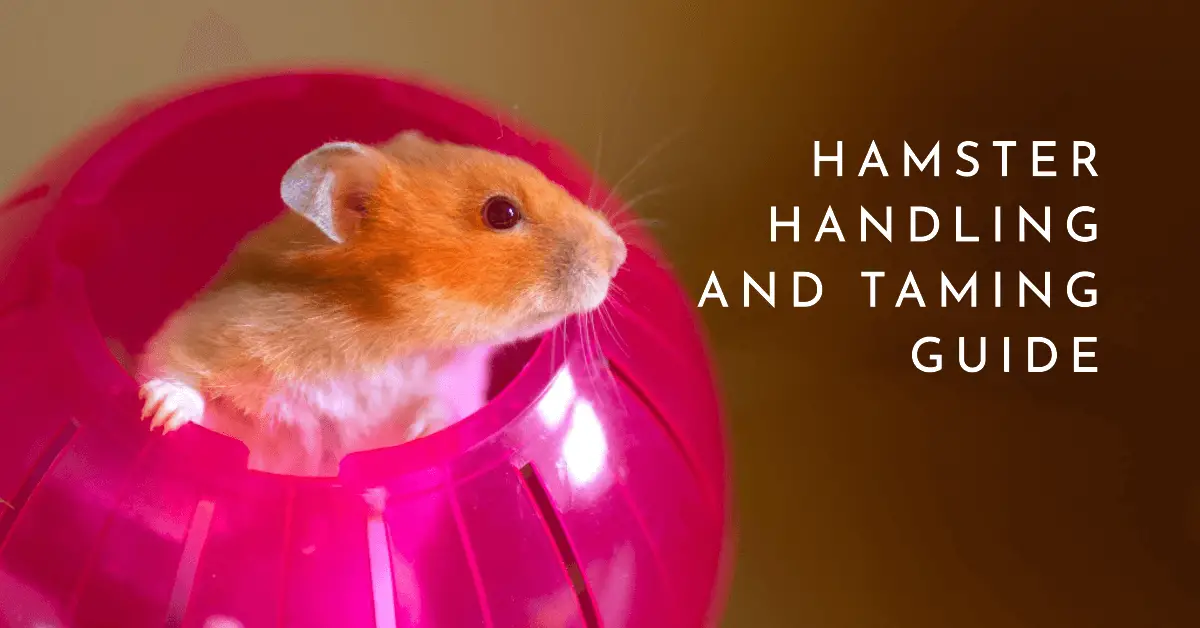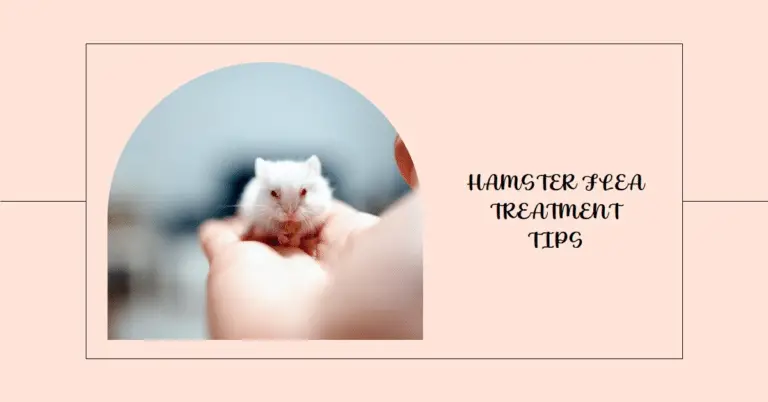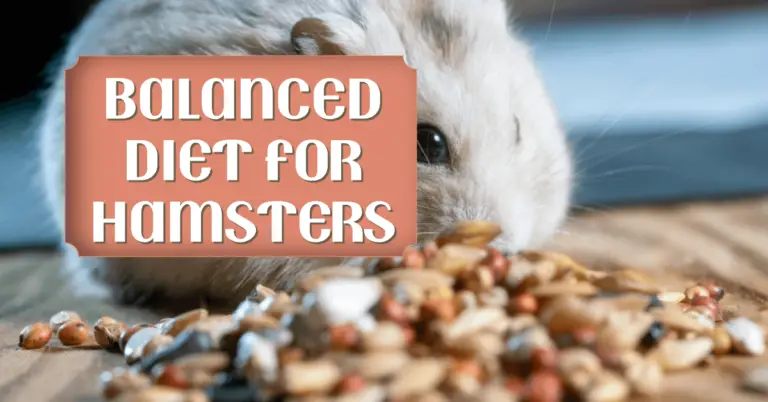Developing a close bond with your hamster built on trust is one of the most rewarding parts of becoming a hamster parent. But it takes time and gentle persistence, especially with timid hamsters. Proper handling technique is key.
In this comprehensive guide, you’ll learn methods for calming nervous hamsters and accustoming them to human interaction through their worldview. I’ll share tips on creating a peaceful environment, positive reinforcement strategies, lifting motions to make them feel secure, and adjusting to each hamster’s unique personality.
Discover how to take the taming process step-by-step, letting your hamster signal their readiness to progress contact while prioritizing their comfort. My aim is to equip you with the knowledge to facilitate a nurturing relationship between hamster and handler!
Before Initiating Handling & Taming
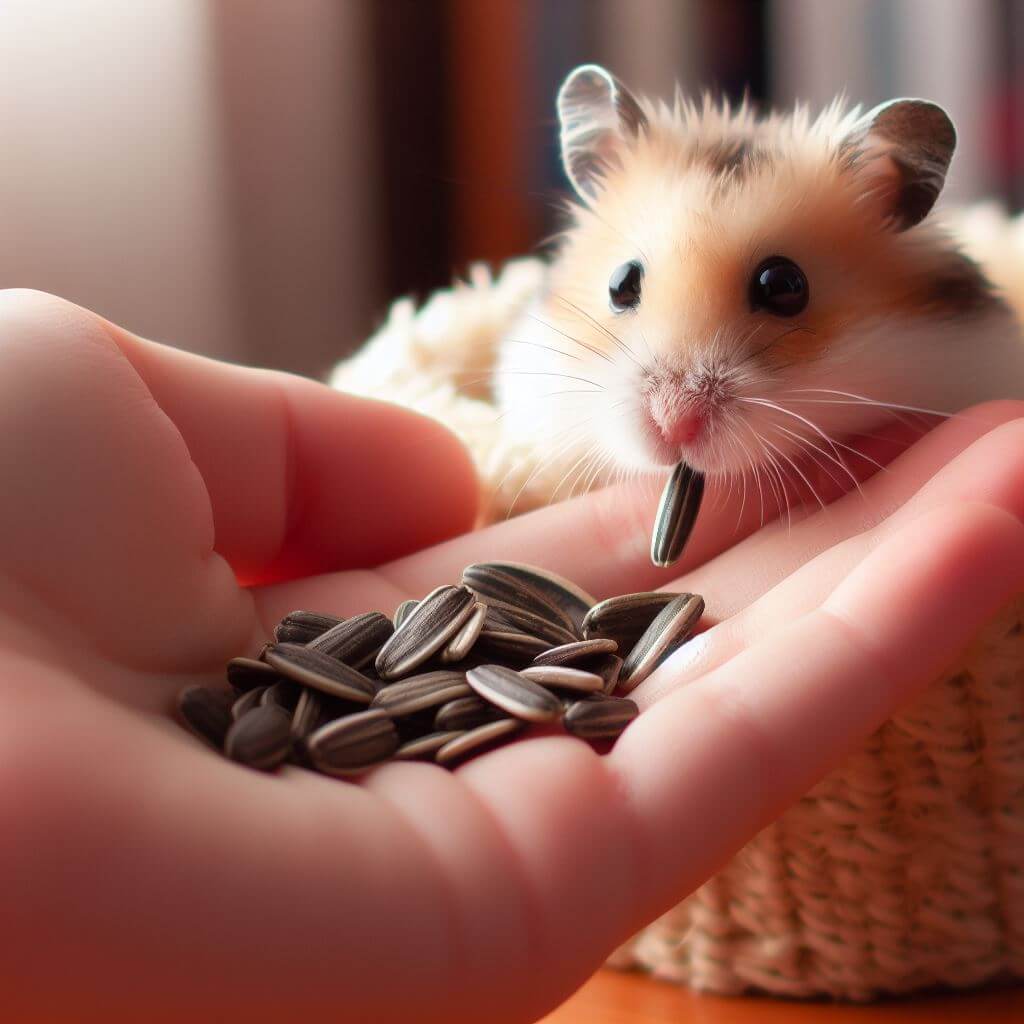
Don’t rush into grabbing or holding new hamsters right away. Instead, take it slow by establishing yourself first through these steps:
- Allow 2-3 days of adjustment in their new home before introduction
- Frequently approach cage calmly and speak reassuringly
- Offer treats like sunflower seeds from palm to associate hand with good
- Avoid sudden loud noises or movements that startle them
Get hamsters accustomed to your voice and scent while they explore their environment stress-free. This lays the foundation for comfortable handling sessions.
Preparing a Calm Taming Environment

The surroundings greatly impact small prey animal mindsets and behavior. Rearrange the setting to be as comforting as possible by:
- Choosing a quiet, dimly lit room without distractions
- Providing hideout hutches to retreat to if frightened
- Having treats handy to immediately reward relaxation
- Washing hands pre- and post-contact to prevent illness transmission
Proactively minimizing external stress enables hamsters to focus attention on you during one-on-one bonding time.
Letting Your Hamster Take the Lead
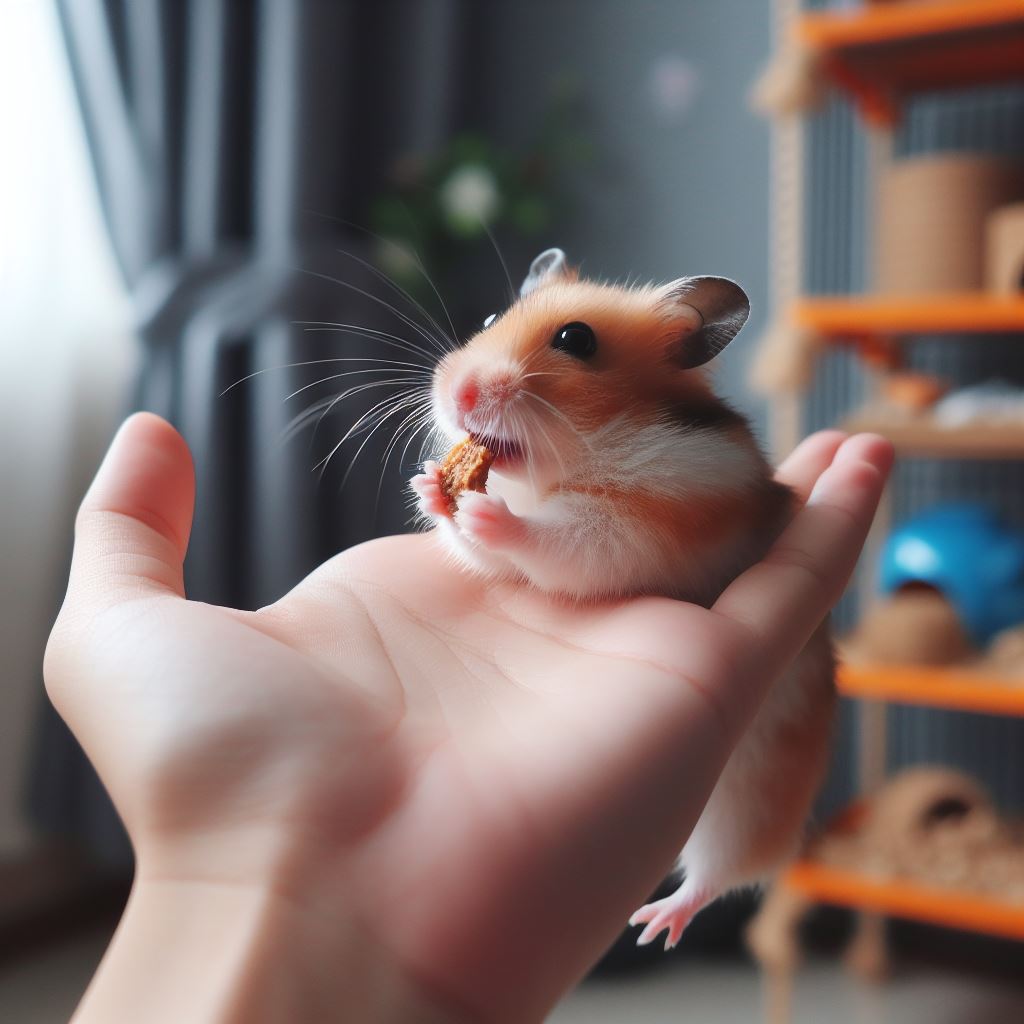
The most fundamental taming concept is allowing hamsters to choose to approach and interact. Forcing contact only teaches them to distrust hands in their space. Employ this gradual process instead with stash of irresistible treats like mealworms or sunflower seeds:
Step 1: Hand Feed From Palm
Place hand palm-up inside cage with treats. Be patient for curious hamster to creep forward investigating. Repeat this positive association with you and tasty food daily.
Step 2: Attempt Gentle Stroking
After reliably taking treats from palm, gently pet their back while distracting with a special snack. Cease immediately if they seem scared or tense up.
Step 3: Allow Them to Step Up
Once enjoying gentle back pets, present hand for voluntary stepping onto. Never grab hamsters unexpectedly! Allow them to climb aboard themselves while supporting feet.
This “handwalking” enables hamsters to control the interaction, promoting trust in you.
Mastering Proper Lifting Techniques
When your hamster reaches the point of tolerating handling, use these safe lifting methods:
Scooping Below to Avoid Falling
Place one hand gently but securely beneath chest and front paws, using the other to support hindquarters. Scoop up in a protective cradle away from edges to prevent falls.

Minimizing Stress
Keep the hamster’s body and feet supported at all times. Never dangle them helplessly in midair! This is terrifying for prey animals. Allow them to step onto you instead to feel in control.
Transporting in Bonding Pouch
For travel between play area and cage, transport gently within a soft pouch or pocket. This prevents unsafe jumping down or escapes! Monitor closely, ready to set pouch down safely.
Proper lifting principles are vital to prevent traumatic accidents and reinforce your gentle protection.
Employing Positive Reinforcement

Make every handling experience enjoyable to reduce apprehension through:
- Offering favorite treats like live mealworms
- Speaking gently with verbal praise
- Giving ample exercise time outside cage
- Taking cues when they’ve had enough stimulation
Meet signs of discomfort calmly by returning hamsters to the safety of their enclosure. End every session positively.
Short, frequent sessions prevent fatigue and continually reinforce humans = fun times!
Tailoring Handling to Unique Personality
Hamster temperaments land on a broad spectrum – some are naturally more outgoing, others quite shy. Adapt techniques to fit each one:
For Outgoing Hamsters
Confident hamsters initiate play by crawling into hands readily. Encourage healthy boldness through games, new toys and one-on-one adventures outside cage. Monitor so these daring hamsters don’t escape or fall off high perches!
For Anxious Hamsters
Shy animals require the most patience, as they may never enjoy handling. Work gradually at their pace using favorite foods to distract. Allow them to approach first before gentle petting. Handle minimally, providing safe hideaways nearby during play.
Get to know your hamster’s individual personality over their first few weeks at home. This allows appropriately tailored handling plans promoting safe trust and happiness.
Troubleshooting Taming Challenges
If you hit roadblocks making progress taming your hamster, reassess using these tips:
Aggressive Biting / Lunging: Trade treats through cage bars first rebuilding positive associations. Use gloves when handling if necessary until behavior ceases.
Continued Fear: Limit handling attempts to 3-5 minutes max. Allow them to calmly enter/exit pouch themselves giving them control.
No Progress After a Month: Accept hamster may only enjoy observation, not direct cuddling. Focus bonding through talking, habitat play, offering favorite foods.
Escapes During Handling: Only practice within escape-proof playpen with high smooth walls. Ensure doors shut before interacting inside.
While hamsters have unique personalities, virtually all can be gently tamed given sufficient time and patience. Stick to short sessions, positive reinforcement and minimizing stress, and soon both of you will look forward to treasured handling time together!
Let me know if you have any other questions on your handling journey!

